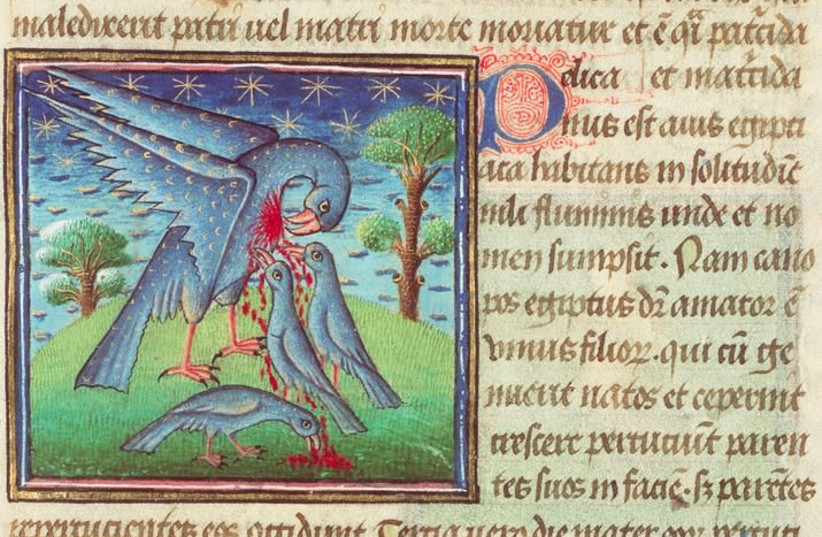In Portland, Maine, a bargain hunter went to an estate sale looking to find a simple KitchenAid mixer, a bookshelf, or some vintage clothing. He instead walked away with a 700-year-old manuscript.
Will Sideri found a framed document that was hanging on a wall at the estate sale. There was Latin script on it with musical notes and gold flourishes, according to WSAV news. There was also a bright yellow sticker with "1285 AD Illuminated manuscript on vellum" scribbled across it. The piece was bargained at $75, so he bought it.
The parchment was confirmed by Sideri's former Colby College professor as a piece from The Beauvais Missal. It was used in the Beauvais Cathedral in France and it dated back to the late 13th century.
The professor reached out to a trusted academic who'd researched the document. They then confirmed the authenticity quickly.

What was the parchment?
Executive director of the Medieval Academy of America and a professor of manuscripts studies at Simmon University in Boston, Lisa Fagin Davis, said that the parchment looked to be a part of a prayer book and priests' liturgy.
She also said that the full missal was once owned by the newspaper publisher, William Randolph Hearst, before being sold in the 1940s and then divided up into individual pieces. "Thousands of unique manuscripts were destroyed and scattered this way," Davis said.
Davis has been tracking the pieces all across America for several years and has written about the tracking that was done by her, other academics, collectors and dealers.
She's been able to locate pieces at other estate sales, old barns, basements and museums, according to the Maine Monitor. She has so far located 114 pages out of the 309 original pieces.
The parchment that Sideri bought is worth up to $10,000, according to Davis. But Sideri said that he has no interest in selling the parchment. "I didn't buy this expecting to sell it," he said.
The parchment is right now at Colby College's special collections.
